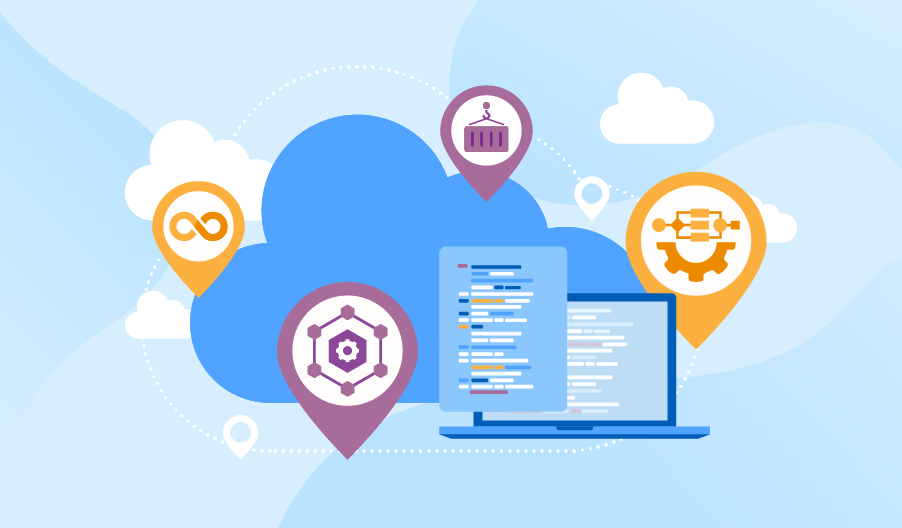Application Modernization Roadmap: Moving to the Cloud Safely and Fast
Editor’s note: Paul explains the key steps of legacy-to-cloud migration based on ScienceSoft’s practice. If you’re looking to recover or update your legacy systems fast and safely and run in the cloud environment smoothly, be sure to look at ScienceSoft’s application modernization services.
Today, moving to the cloud – public or private – is at the core of most legacy modernization initiatives that ScienceSoft performs for its clients. More and more businesses want to move their legacy software to the cloud to reduce operational and development costs, improve availability, leverage advanced cloud services, such as AI, data science, and more.

Cloud migration benefits in numbers
Moving to the cloud can bring you the following results:
- ~ 99.9% service availability.
- 45-60% of operational cost savings.
- 4x faster launch of new features.
- 30-50% higher development and support staff productivity
However, to take advantage of all these benefits, the simple lift-and-shift migration approach isn’t enough, and a set of more advanced technical and architectural transformations is required. Below, I share the elements of a roadmap to efficient legacy migration to the cloud, which we usually adhere to at ScienceSoft.
Reverse engineering
As software systems age, the original requirements get lost. However, the understanding of the initial requirements is critical for safe and smooth modernization activities.
Thus, often, the starting point of an application modernization roadmap is reverse engineering of the existing system. I advise examining legacy source code to restore the lost information about its design patterns, specifications and requirements and plan for safe alteration and changes to the system. In addition, it significantly simplifies system maintenance and evolution in the future.
Architecture transformation (services/microservices)
The core step of the cloud migration roadmap is decomposing software architecture into a collection of meaningful independent parts that are loosely coupled and highly cohesive (services or microservices).
We at ScienceSoft decompose complex legacy software into independent components with each covering a certain meaningful set of functionality. Such isolation helps to modernize incrementally, reducing complexity and risks associated with large-scale architectural alterations. Application modularization and decoupling can enable faster application deployment and minimize fault impact when a server generates an error or stops.
SOA/microservices-based architecture also helps leverage one of the key cloud capabilities – dynamic scaling as only independent nodes can quickly and easily scale on demand. Thus, it is possible to optimize the time cloud resources are used and paid for while keeping the application highly available.
Containerization
A large number of components and their dependencies that are inherent for modular architecture make it difficult to deploy, move (e.g., between test and production environment), and manage an application. To eliminate the chaos, we at ScienceSoft pack applications into containers. Each container holds only service(s)/microservice(s), their parameters and the necessary memory, which helps simplify operations and reduce the infrastructure costs as there's no need to allocate a virtual machine to each software module. Also, since containers are hardware-independent and, therefore, highly portable, they simplify migration and speed up the deployment of a modernized system.
The need to allocate one virtual machine for each module is also eliminated. Thus, containers also reduce infrastructure costs.
DevOps
DevOps is a core practice at application modernization and cloud-native development. DevOps is aimed to remove barriers between development and operations and implies the introduction of such practices as continuous integration and delivery, continuous updates and automated scalability to further simplify the management of complex, distributed, modular systems.
Take the full advantage of cloud technology
Efficient legacy application transformation is a process that implies multiple variations of legacy system optimizations. Only by understanding what these are in each specific case and by focusing on how to address them can organizations guarantee the success of modernization initiatives.
If your internal team is not experienced in performing cloud migrations, you are welcome to reach out to ScienceSoft’s experts who are always ready to help with the full modernization cycle from a feasibility study and an optimal migration strategy to modernization implementation.

